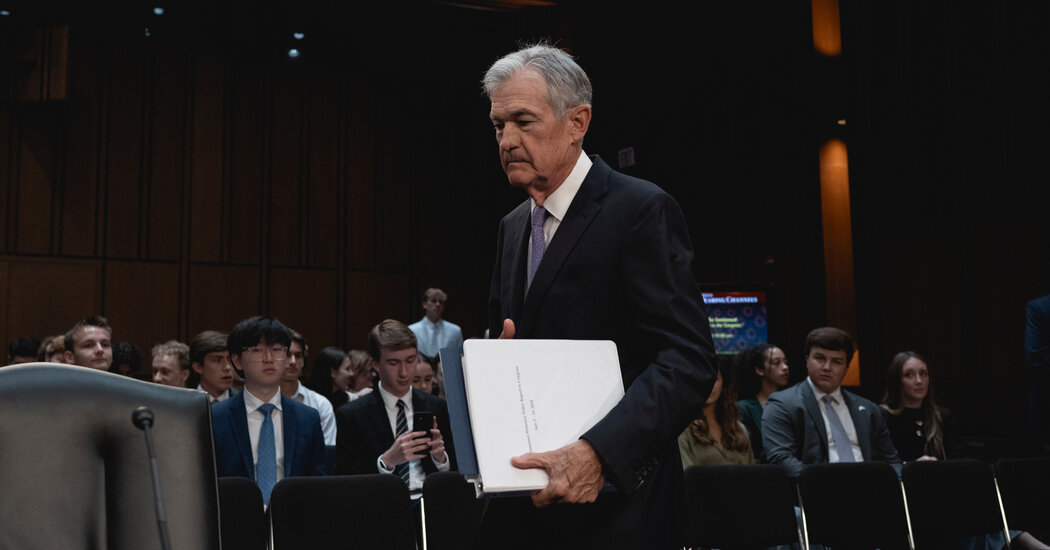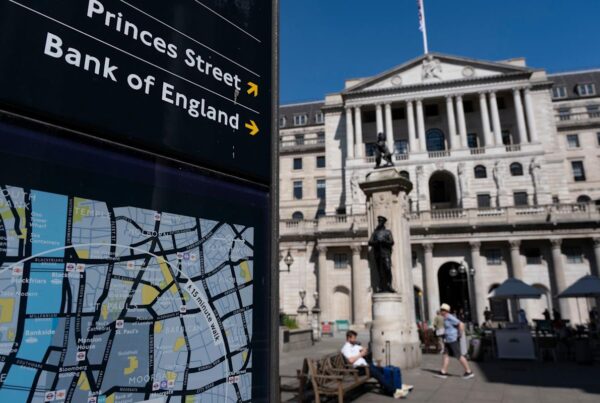US jobs data for July 2025 has sparked political and monetary policy debates. President Donald Trump labeled the report “manipulated” and fired Bureau of Labor Statistics (BLS) Chief Erika McEntarfer. However, Federal Reserve officials see the data as credible, signaling a strong case for a rate adjustment. Markets now expect over an 85% chance that the Fed will cut interest rates at its September meeting.
Political Reaction and Firing of BLS Chief
Trump sharply criticized the July jobs report, which showed only 73,000 jobs added—well below expectations. The report also revised down a total of 258,000 jobs for May and June. According to Trump, the data hurt his image and was “inaccurate,” prompting him to order McEntarfer’s dismissal. This move has raised concerns over the independence of statistical agencies and the credibility of national economic data.
Federal Reserve’s Perspective
In contrast to Trump’s stance, Fed officials view the report as a clear reflection of labor market weakness. Fed Governor Michelle Bowman stated that the soft jobs numbers, combined with downward revisions to previous months, strengthen the case for up to three rate cuts in 2025.
Fed Governor Christopher Waller and other policymakers said labor market indicators, falling labor force participation, and rising unemployment rates point to the need for monetary easing. The Fed’s internal analysis also cross-checks BLS figures against private sector data and the Beige Book, reinforcing confidence in the report’s accuracy.
Inflation and Rate Cut Outlook
On the inflation front, July’s data showed headline inflation holding steady at 2.7% year-over-year, while core inflation rose to 3.1% from 2.9% the previous month. The increase was driven by healthcare services, airfare, and imported goods such as furniture and used cars, partly due to new import tariffs.
The combination of controlled inflation and a weakening labor market has boosted investor expectations for rate cuts. Fed Funds Futures now show over an 85% probability of a rate reduction at the late-September FOMC meeting—a significant move after a period of high interest rates aimed at curbing inflation.
Market Response and Global Impact
Equity markets reacted positively to the prospect of monetary easing, while US Treasury yields fell. However, analysts warn that US economic weakness could affect global trade partners, especially emerging markets dependent on American demand.
US monetary policy has a major influence on the dollar’s value and global capital flows. A rate cut could weaken the dollar, allowing other currencies to strengthen, but it also risks triggering financial market volatility.
The weakening US labor market and the Federal Reserve’s swift response highlight the tension between economic policy and political dynamics under the Trump administration. While debates over data credibility continue, markets are already positioning for policy changes that could shape the global economic outlook for the rest of the year.




